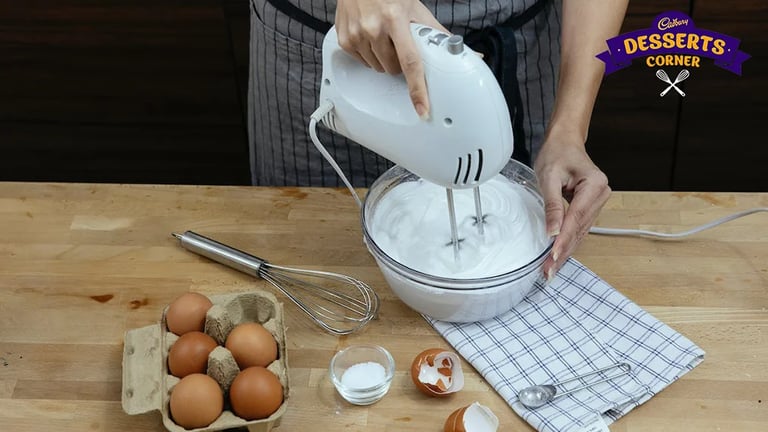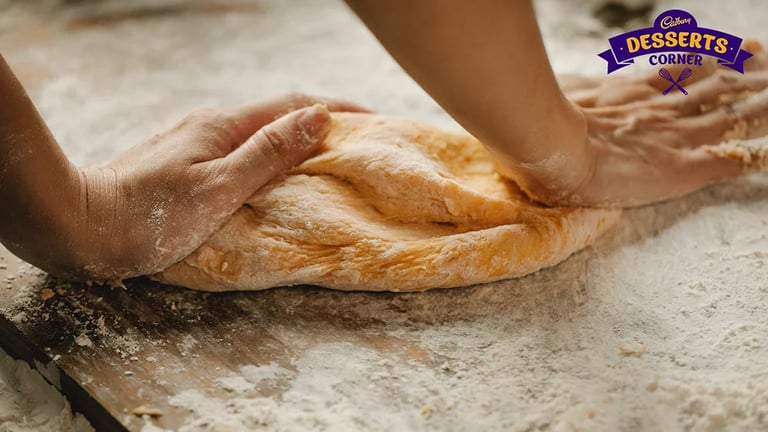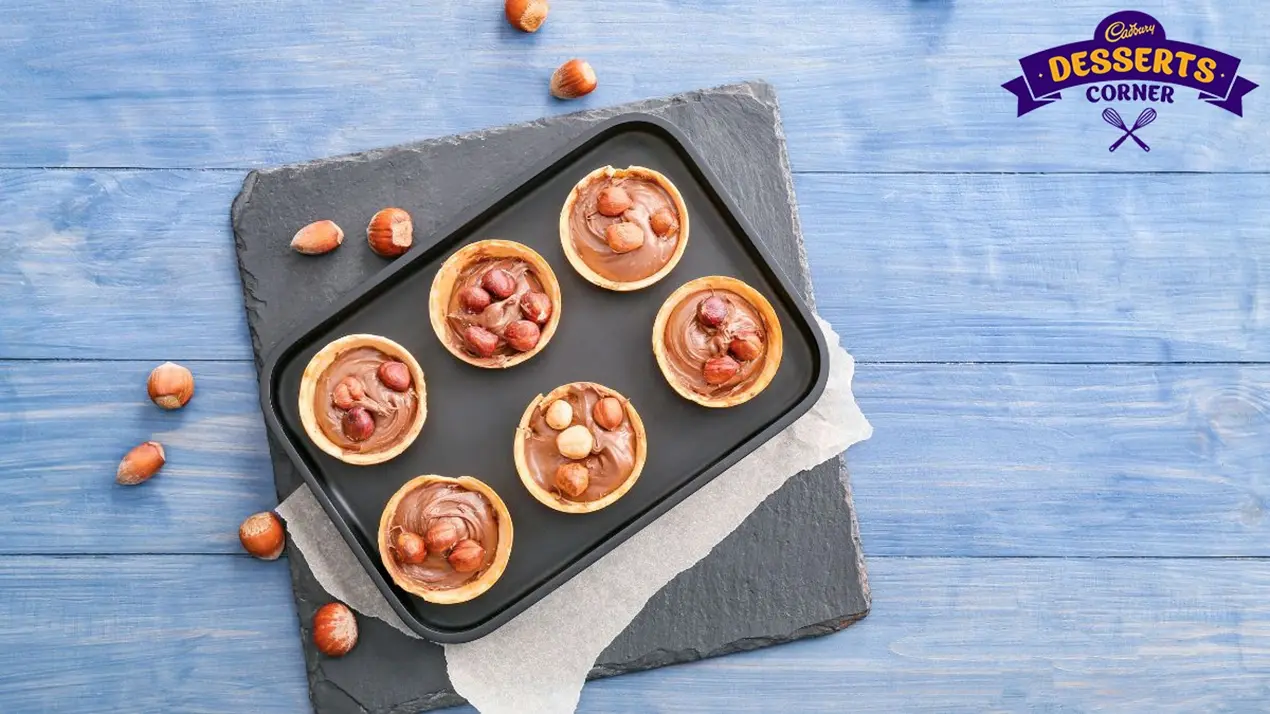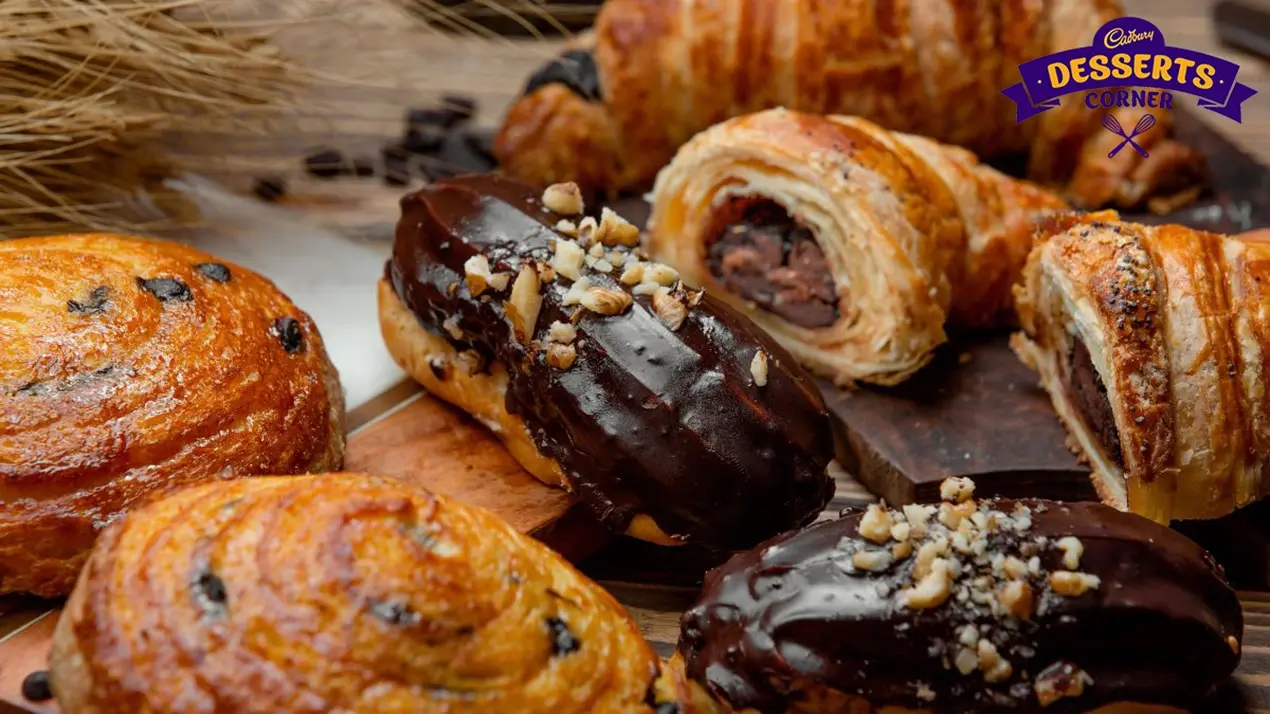These definitions will serve as a roadmap as you explore the wonderful world of baking and learn to make delectable treats.

These definitions will serve as a roadmap as you explore the wonderful world of baking and learn to make delectable treats.
When you start your baking journey, you'll encounter a variety of terms that may initially appear to be a complex maze of cooking terminology. Our guide, "An A to Z Of Baking Terminology for Beginners," is like a helpful companion on this delicious journey. Every step in the baking process, from the important aeration technique to the skillful creation of firm peaks, is essential in creating delectable baked goods. No matter if you're new to baking or have years of experience, knowing these terms will open up a world where accuracy and love for baking come together. Learn these interesting terminologies that will take your baking skills to a whole new level.
Aerate
Aerating refers to the process of incorporating air into a substance, typically a batter. This is crucial in baking to achieve a light and fluffy texture in baked goods. It's often done by beating the mixture vigorously, either by hand or with a mixer, creating bubbles that contribute to the final product's rise.
Bain-marie
Also known as a hot water bath, a bain-marie is employed in baking to gently melt ingredients like chocolate and butter. By placing a bowl over simmering water, the indirect heat ensures a gradual and uniform melting process, preventing scorching or uneven heating.
Bake Blind
This technique involves baking the crust of a pie or tart without the filling. It ensures the crust is fully cooked and prevents it from becoming soggy when filled later. Methods include pricking the crust and using weights like rice or beans to maintain its shape during baking.
Batch
Batch refers to the quantity of baked goods produced in a single baking session. It's a practical term, especially when dealing with recipes that yield more than one item, like cookies or bread.
Batter
Batter is a mixture of dry and liquid ingredients, such as eggs, flour, and milk or water. Unlike dough, batter has a thinner consistency and cannot be kneaded. It forms the base for various baked goods like pancakes and cakes.
Beat

To beat in baking means to mix a mixture rapidly and intensely. This process combines ingredients and incorporates air, essential for achieving light and airy textures in cakes and other baked treats. Beating is typically done with a whisk or mixer.
Blend
Blending involves mixing two substances together until they become fully incorporated. In baking, this can refer to combining wet and dry ingredients or ensuring a uniform distribution of flavors and textures.
Bloom
In baking, bloom has two applications. For gelatin, it means softening the substance using a liquid before use. For cocoa powder, it involves mixing it with hot water to remove lumps, intensifying the chocolate flavor before incorporating it into the recipe.
Boil
Boiling, in the context of baking, can apply to liquids reaching their boiling point or immersing a subject into boiling liquid. It's a fundamental technique in various recipes, from creating syrups to blanching certain ingredients.
Butter
To butter in baking is to spread or add butter onto something. It's a common step in preparing pans or surfaces to prevent sticking and enhance flavor.
Buttercream
Buttercream is a versatile icing used for filling, topping, coating, and decorating cakes or cupcakes. It's typically made by creaming butter with powdered sugar and adding colorings and flavorings for a delightful finishing touch.
Caramelize
Caramelization is the process of cooking sugar until it turns brown, creating a rich, complex flavor. This technique is essential in various desserts, from caramelizing the sugar in crème brûlée to enhancing the sweetness of certain fruits.
Chop
Chopping involves using a knife or sharp object to repeatedly cut something into small, manageable pieces. This technique is foundational in preparing ingredients like nuts, chocolate, or vegetables for incorporation into baked goods.
Coat
To coat in baking is to cover something with a wet or dry substance. After baking, bread loaves are often coated with a layer of butter, enhancing their flavor and texture.
Combine
Combining in baking refers to the act of mixing two or more ingredients together thoroughly. This step ensures a homogeneous mixture, contributing to the overall consistency of the final product.
Consistency
Consistency in baking describes the texture and thickness of a substance. Achieving the right consistency is crucial for the success of various recipes, from batters to frostings.
Cool
Allowing something to cool in baking is the process of reducing its temperature, a critical step before handling or serving. Cooling helps set certain textures and prevents components from melting or losing structure.
Cream
Creaming in baking involves softening solid fats like butter and mixing them with other ingredients, typically sugar. This technique creates a smooth and airy texture, especially in recipes like cookies and cakes.
Crimp
Crimping is a technique in baking that involves pinching the sides and tops of pie or tart crusts. This not only adds a decorative touch but also helps seal the edges, preventing fillings from leaking during baking.
Crumb
Crumb in baking refers to the small particles of cakes or bread. It describes the texture, which can be tight, loose, moist, dense, etc. Achieving the desired crumb is essential for the overall quality of baked goods.
Crust
The crust in baking is the outer skin of a bread or pie. It's typically hard in texture, providing a contrast to the softer interior. Crusts can vary in thickness and flavor, influencing the overall eating experience.
Curdle
Curdling occurs when a liquid separates and forms curds and lumps. This phenomenon is often used to describe ingredients like eggs, batter, or milk when they undergo an undesirable separation. Techniques like gradual mixing or temperature control can prevent curdling.
Cut In
Cutting in, or cutting butter or shortening into flour, is a technique in baking. Using a knife or pastry blender, this method creates a crumbly texture, essential for achieving flakiness in pies, pastries, and cookies.
Defrost
Defrosting is the process of removing ice or frost from something frozen by increasing its temperature. This is essential in baking when working with ingredients that have been stored in the freezer, such as frozen fruits or puff pastry.
Dilute
Diluting in baking involves thinning a liquid by adding water or another solvent. This technique is often used to adjust the consistency of batters, sauces, or glazes.
Dip
Dipping in baking refers to immersing something into a dry or liquid mixture. This can include coating cookies in chocolate or dipping bread into a flavored oil.
Dissolve
Dissolving in baking is the process of incorporating a solid ingredient or food into a liquid to form a solution or mixture. This is often seen when dissolving sugar or salt into liquids to create a base for various recipes.
Double Boil
Double boiling, similar to a bain-marie, involves using indirect heat to melt or cook ingredients. This technique is often employed for delicate substances like chocolate or custards, preventing scorching or overheating.
Dough
Dough is a thick mixture made by combining flour or meal with a liquid. It refers to the mixture used in making bread or pastry and is stiff enough to be kneaded and rolled.
Drizzle
Drizzling in baking is the process of pouring a thin stream of liquid, such as glaze or butter, over food. This technique adds a decorative touch and can enhance flavors.
Dry Ingredients
Dry ingredients in baking refer to substances that are dry and don't contain water, usually in solid form. Examples include flour, sugar, cocoa powder, and salt. Mixing dry ingredients separately before adding them to a recipe ensures even distribution.
Dust
Dusting involves sprinkling a thin layer of powdered ingredients such as cocoa powder, flour, or confectioners' sugar over food. This can prevent sticking and add visual appeal.
Egg Wash
Egg wash refers to beaten eggs, sometimes with additional liquid like milk or water added. As a verb, it means brushing this mixture over the surface of food, typically before baking, to add color and shine.
Emulsion
An emulsion is a mixture containing liquids that are immiscible, such as oil and water. Emulsifiers, like egg yolks, are often used in baking to create stable emulsions, as seen in mayonnaise or certain dressings.
Essence
In baking, essence refers to an artificial substance used for flavoring. For example, vanilla essence is made synthetically and is often more affordable but less fragrant than natural extracts.
Extract
Extract in baking refers to a natural substance extracted directly from its source. Vanilla extract, for instance, is the concentrated essence derived from vanilla pods. It imparts a more authentic flavor compared to artificial essences.
Fermentation
Fermentation is a process crucial in bread baking, converting sugars and starches in dough into simpler substances like carbon dioxide. This produces the characteristic rise and porous texture in bread. Most bread recipes involve two fermentation periods – the first rise after adding yeast to the dough and the second rise, also known as the final rise, before baking.
Fold

Folding is a gentle technique used to incorporate dry and liquid ingredients. Usually done with a whisk or rubber spatula, folding ensures thorough mixing without deflating ingredients like whipped egg whites or delicate batters.
Firm Peaks
Firm peaks refer to a stage in whipping. When lifting up beaters or a whisk, peaks should hold their shape better than soft peaks. They have more distinct ridges, yet with tips that are slightly bent. Achieving firm peaks is crucial in recipes requiring whipped cream or meringue for stability and texture.
Like This Article?
More Like This




Popular Articles





Trending Web Stories
Curated Recipes


















